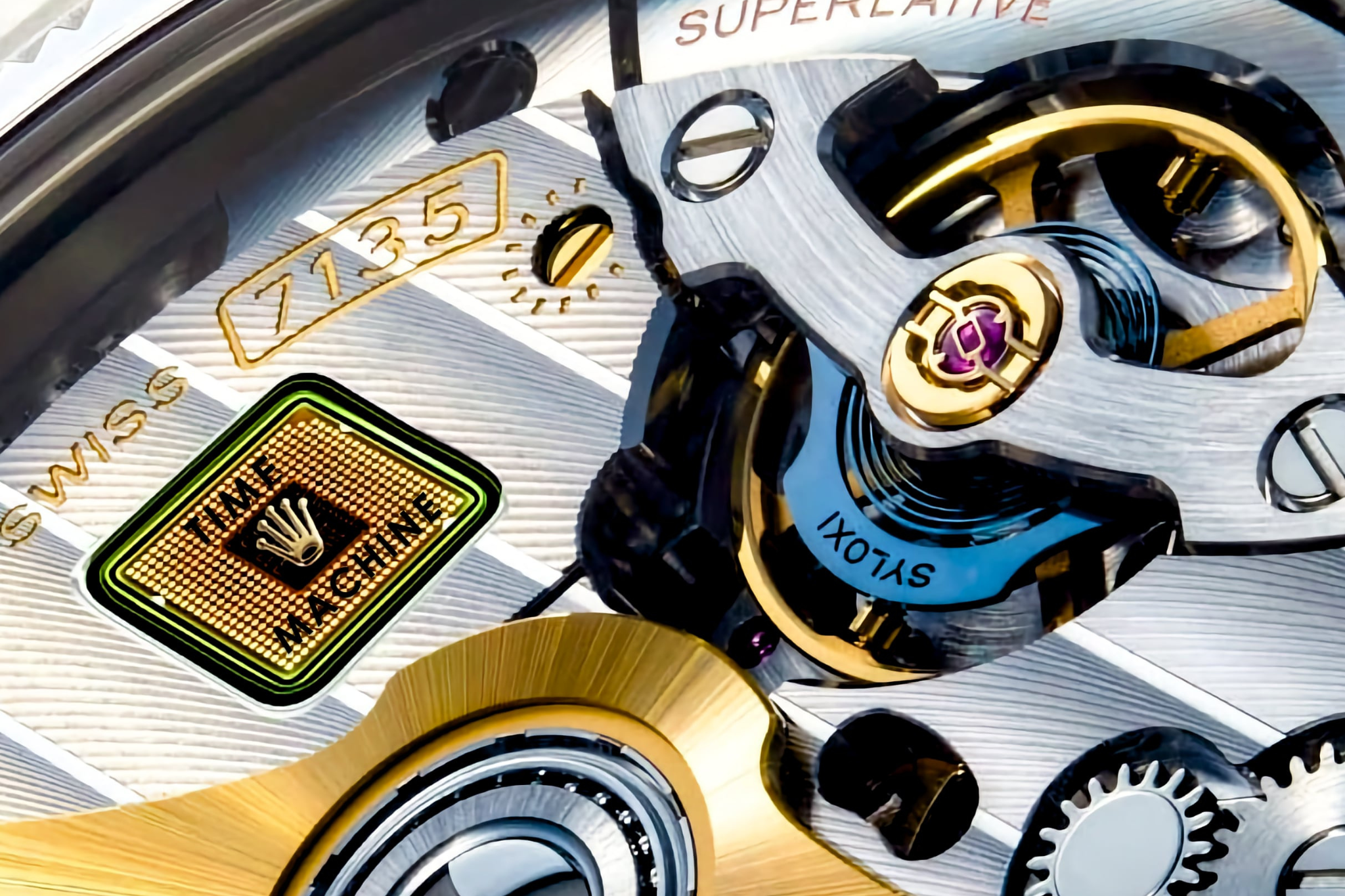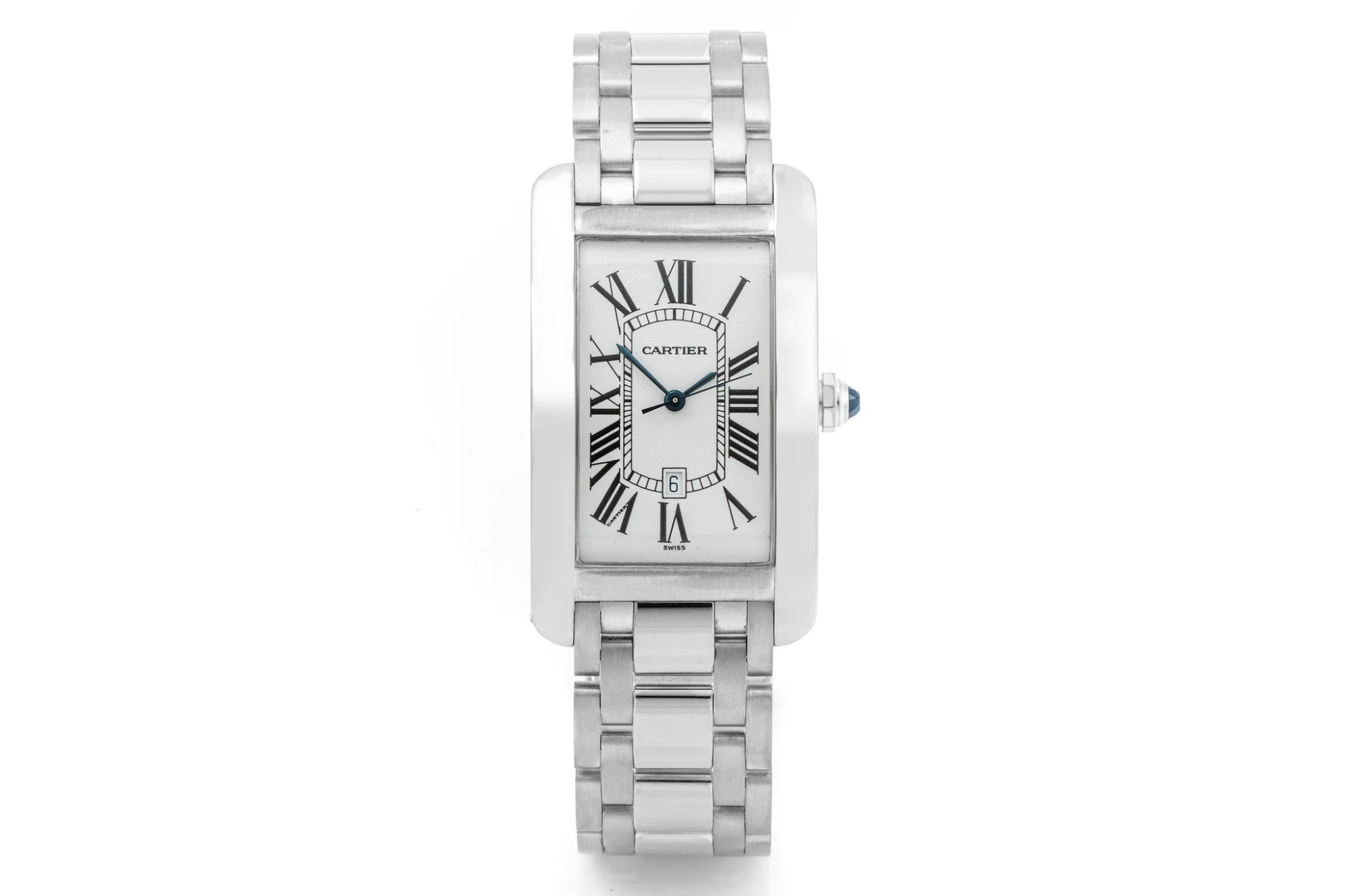The Evolution of Rolex’s Oyster Case: A Century of Waterproofing
When Hans Wilsdorf founded Rolex in 1905, his mission was clear: to create reliable wristwatches that could withstand everyday wear. At a time when pocket watches dominated, wristwatches were often seen as fragile and unsuitable for demanding use. That perception changed forever in 1926 with the invention of the Rolex Oyster case, the world’s first truly waterproof watch case.
This breakthrough did not just redefine Rolex; it transformed the entire watch industry, setting the standard for durability and performance. For collectors today, the Oyster case is more than a technical achievement - it is a living legacy.
The Birth of the Oyster Case (1926)
The Oyster case was revolutionary in its simplicity. By screwing down the bezel, caseback, and winding crown against a hermetically sealed case, Rolex created a watch resistant to dust and water. The name “Oyster” was chosen because the case was as tightly sealed as the shell of an oyster.
Key Innovations:
-
Screw-Down Bezel and Caseback: Provided a secure seal against moisture.
-
Screw-Down Crown: Prevented water from seeping in through the winding stem.
-
Robust Case Design: Built from high-quality stainless steel for resilience.
The Oyster case immediately set Rolex apart and positioned the brand as a pioneer of practical watchmaking.
Early Publicity: The Channel Swim
Rolex proved the Oyster’s durability with a bold publicity stunt. In 1927, Mercedes Gleitze swam across the English Channel wearing a Rolex Oyster. The watch emerged in perfect condition, and Rolex capitalized on the story with full-page newspaper ads, cementing the Oyster’s reputation as “the world’s first waterproof wristwatch.”
Evolution Through the Decades
1930s–1940s: Establishing Trust
Rolex continued refining the Oyster case with better materials and tighter sealing. During this era, the Oyster Perpetual was introduced, combining the waterproof case with the new Perpetual rotor - the foundation of modern automatic watches.
1950s: Tool Watches Are Born
The Oyster case became the backbone of Rolex’s professional tool watches:
-
Submariner (1953): Waterproof to 100 meters, designed for divers.
-
GMT-Master (1954): Built for pilots, maintaining durability across time zones.
-
Explorer (1953): Worn during the ascent of Mount Everest.
The Oyster case made Rolex the watch of explorers, divers, and adventurers.
1960s: Pushing the Limits
Rolex tested the Oyster case in extreme environments:
-
Deep Sea Special (1960): Attached to the Trieste bathyscaphe, it reached 10,916 meters in the Mariana Trench.
-
Daytona (1963): The chronograph benefitted from the Oyster’s robust construction.
1970s–1980s: Everyday Elegance
Rolex improved case materials, introducing 904L Oystersteel for superior corrosion resistance. The Oyster case became synonymous not only with toughness but also with luxury.
1990s–2000s: Modern Engineering
The Oyster case evolved with precision machining and new innovations:
-
Triplock Crown System: Added a triple-seal for extreme waterproofing (up to 300 meters).
-
Solid End Links & Robust Lugs: Increased durability for sports models.
2010s–Present: The Oyster Today
Modern Oyster cases are tested to rigorous standards. For example:
-
Rolex Submariner: Now waterproof to 300 meters.
-
Rolex Sea-Dweller Deepsea: Waterproof to an astonishing 3,900 meters.
Rolex continues to push the limits of waterproof technology, a century after the Oyster’s invention.
Why the Oyster Case Matters
The Oyster case is not just a technical achievement; it symbolizes Rolex’s philosophy of combining form, function, and innovation.
-
Durability: A Rolex Oyster can withstand daily wear, extreme sports, and underwater adventures.
-
Heritage: Every Rolex today carries the DNA of the 1926 Oyster.
-
Trust: The Oyster case is a guarantee of reliability, one of the reasons Rolex maintains its legendary reputation.
Collector Insights: The Oyster Case in Pre-Owned Rolex Models
For collectors and enthusiasts, the pre-owned market offers an opportunity to own pieces that highlight the evolution of the Oyster case:
-
Vintage Oyster Perpetuals: Early examples of Rolex’s automatic waterproof watches.
-
Submariner Models (Ref. 5513, 1680): Iconic tool watches that became cultural legends.
-
Explorer and GMT-Master References: Showcasing Rolex’s role in exploration and aviation.
-
Modern Oyster Models: Combining tradition with advanced materials and precision.
Buying pre-owned allows collectors to trace Rolex’s Oyster legacy across decades, owning a piece of horological history that still functions as a modern tool.
Final Thoughts
The Rolex Oyster case is one of the most important innovations in modern watchmaking. From Mercedes Gleitze’s Channel swim in 1927 to James Cameron’s Mariana Trench dive in 2012, the Oyster case has proven itself in every environment imaginable.
A century later, Rolex continues to refine the design, making the Oyster not just a case but a legacy. Whether in a classic Datejust, a rugged Submariner, or a professional Deepsea, the Oyster remains at the heart of Rolex’s success.
For anyone seeking to experience this heritage, the certified pre-owned market offers access to some of the most iconic Oyster-equipped watches ever made. Investing in a Rolex Oyster means more than buying a watch - it means wearing history, innovation, and a legacy of precision.







